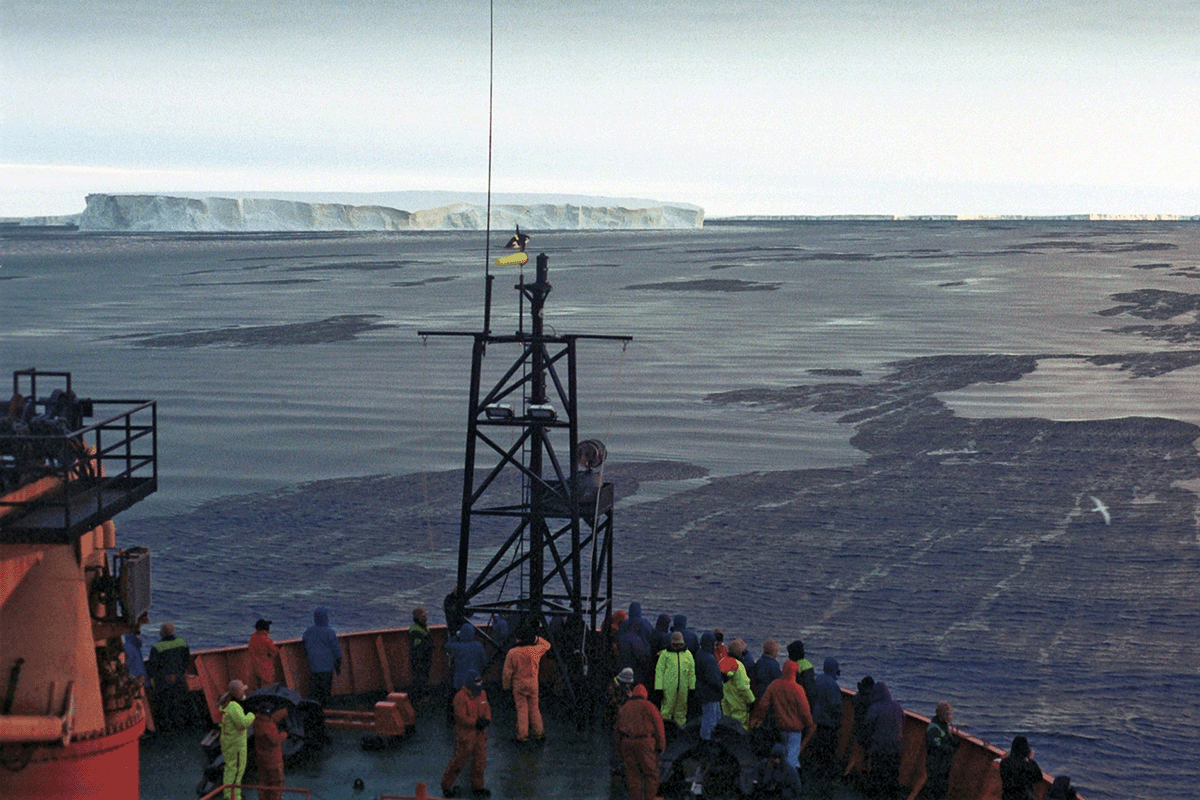New Article Outlines Case for Considering Adding Iron to the Ocean for CO2 Removal
While the urgent reduction of carbon dioxide and other greenhouse gas emissions is needed as the primary activity to curb climate change, there is broad agreement for the need to remove CO2 already in the atmosphere. Given its outsized role in CO2 storage, the ocean can’t be ignored for its potential for marine carbon dioxide removal to help improve our stressed climate system.
Several of the world’s leading scientific bodies, including the Intergovernmental Panel on Climate Change and National Academies of Sciences, Engineering, and Medicine, identified ocean iron fertilization (OIF) as an emerging climate solution, and over 400 scientists signed onto a letter calling for expanded mCDR research. Governments around the world have invested tens of millions of dollars to advance ocean-climate solutions, signaling to the public sector, philanthropy, and academia the need to explore the role of the ocean in mitigating the effects of climate change.
Now, an article published in the journal Frontiers in Climate, “Next steps for assessing ocean iron fertilization for marine carbon dioxide removal” (mCDR) spells out the work needed to assess the potential of OIF as a low cost, scalable, and rapidly deployable method of mCDR. According to an international experts group called “Exploring Ocean Iron Solutions” (ExOIS) that is organized around a responsible code of conduct, OIF needs to be studied to determine if it is an efficient and environmentally and socially responsible method of mCDR.
“This is the first time in over a decade that the marine scientific community has come together to endorse a specific research plan for ocean iron,” said lead author, Ken Buesseler, Executive Director of the ExOIS program, and Senior Scientist in the Marine Chemistry and Geochemistry Department at the Woods Hole Oceanographic Institution.
The ocean can store vast amounts of carbon dioxide — 50 times more than the atmosphere and 15 times that of all land-based plants and soils. Several strategies have been put forward on how to enhance that natural capacity. OIF is one such technique that involves adding tiny amounts of the micronutrient iron to the ocean’s surface to promote the growth of microscopic marine plants, or phytoplankton. This growth removes CO2 from the atmosphere, and as plankton die or are eaten, transfers some of that carbon as sinking particles for storage in the deep ocean. While large amounts of iron naturally enter the ocean, OIF is an effort to speed up that process.
Yet, despite growing interest in OIF and explicit calls by the US National Academy of Science for more research on marine CDR, there have been limited large-scale, open-ocean experiments in recent years, leaving significant gaps in scientists’ knowledge about the efficacy and unintended consequences of these strategies.
“Emissions reductions are critical but are no longer enough. We need to start seriously considering mCDR — and investing in research to understand the challenges and possibilities of different strategies,” said Bigelow Laboratory Senior Research Scientist Ben Twining, one of the study’s co-authors. “OIF is relatively inexpensive and scalable, but, as with all strategies, there are still important unknowns, and we need this blueprint of how to effectively, equitably, and rapidly advance this important area of research.”
Twining has done extensive research on how metals like iron influence the productivity of microscopic plant life at the base of the marine food web. In July, he published a piece in the Boston Globe Ideas section emphasizing the need for this kind of research into the effectiveness, costs, and potential side effects of mCDR strategies like iron fertilization.
To move forward with understanding the suitability, efficacy, and impacts of OIF, the study’s authors focus on five key activities: field studies in the northeast Pacific Ocean; regional, global, and field study modeling; testing various forms of iron and delivery methods; advancing monitoring, reporting, and verification for carbon and ecological changes; and advancing social science and governance efforts to go hand in hand with the physical science efforts.
The paper notes that field studies are needed to fill the knowledge gaps and target uncertainties as to whether OIF is sufficiently effective, scalable, and reproducible. The authors said field experiments should be significantly larger and longer in duration as compared with previous OIF studies to better quantify CO2 drawdown and assess potential consequences. Modeling is also needed for experimental planning, for synthesizing field trial results, and for predicting and extrapolating results to regional and global scales.
“In the coming decades humanity will be faced with difficult decisions about how to remove excess carbon dioxide from our atmosphere,” Twining said. “There are no easy answers, and we need reliable data to make the best decisions possible.”
The authors acknowledge the contributions of all the participants at the Moss Landing Marine Laboratories Exploring Ocean Iron Solutions workshop in May 2023. Financial support for the workshop was provided by the Astera Institute along with the Biological Oceanography Lab at MLML, and more generally from the MLML, San José State University. Support to produce this report was provided by the Astera Institute, the McConnell Family Foundation, and WHOI.
Photo: Scientists aboard the Australian research vessel Aurora Australis in 2001 studied the natural cycling of carbon and iron in the Southern Ocean, a region where adding tiny amounts of iron can increase photosynthesis by marine phytoplankton, thus decreasing surface ocean carbon dioxide (Courtesy of Ken Buesseler, Woods Hole Oceanographic Institution).

